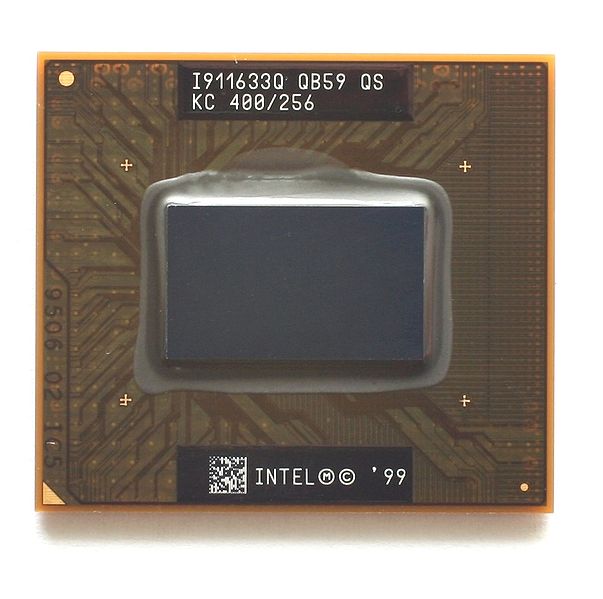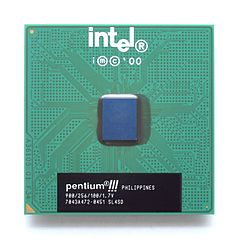Parallel ATA Ports are used in old Motherboards and IDE (Integrated Drive Electronics) and PATA port are introduced as Parallel ATA. Parallel Data transmission technology is used for in these Parallel ATA port. This Ports are introduced in 1986. However this ports are used in old motherboard. IDE port have 40 pins.
These ATA Ports are developed. Old ATA ports and new ATA ports are different in speed. 8.33 Mbps speed in ATA 1 port and 133 mbps speed in ATA 7 and ATA 7 ports are using today. two IDE ports are used in Pentium IV Motherboards, but some Motherboard have only one IDE port and IDE ports are not using in today new motherboards.
PATA (IDE) Ports
Pentium IV motherboards have two IDE ports. Two IDE ports are introduced as IDE 1, IDE 2. IDE 1 is show as Primary and IDE 2 is show as Secondary. Hard Disk, CD Drive and DVD Drive are connect to these port by using IDE cable. We can connect two device for one IDE cable, because we can connect four device for motherboard.ATA Cables
These IDE cables are longer 10-18 inch. These data Cables are have 3 connectors. 40-80 wires have in this cables. But 80 wires cables is speed more than 40 wires.SATA Port
SATA Cable
We can get lot of advantage as,
- speed more than IDE cables,
- smaller than IDE cable,
- have only 7 pins for connect divides







